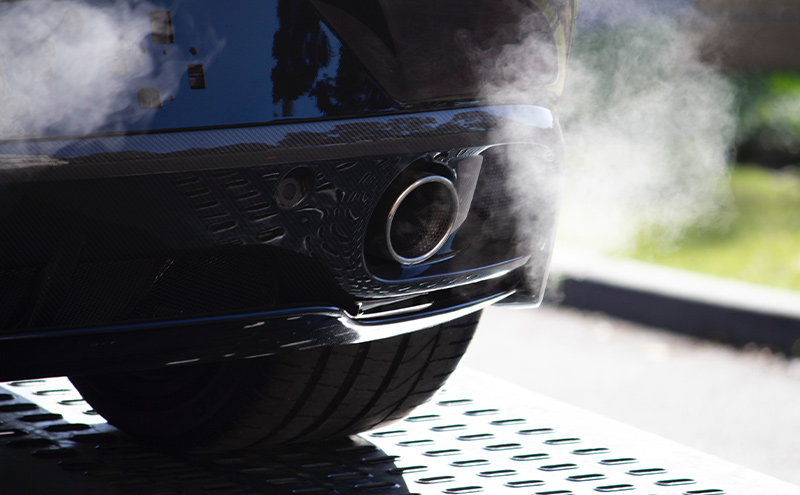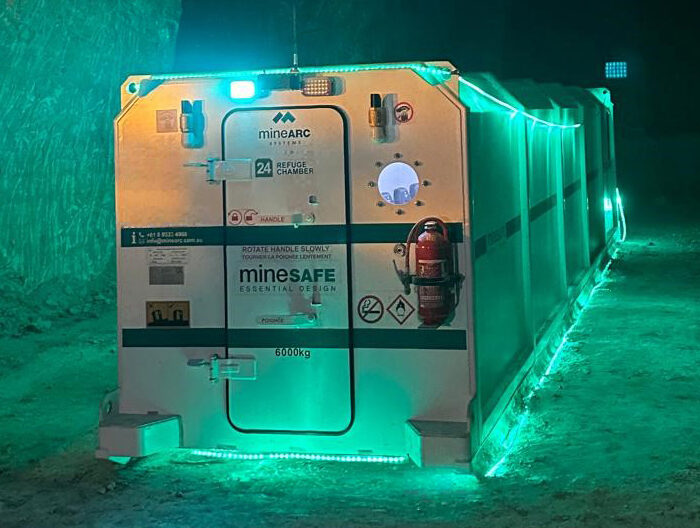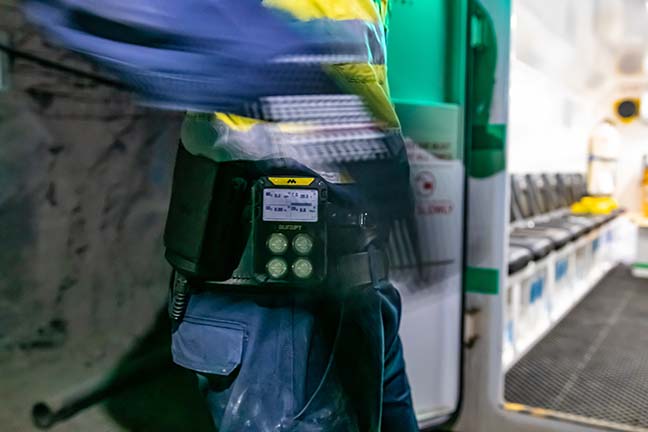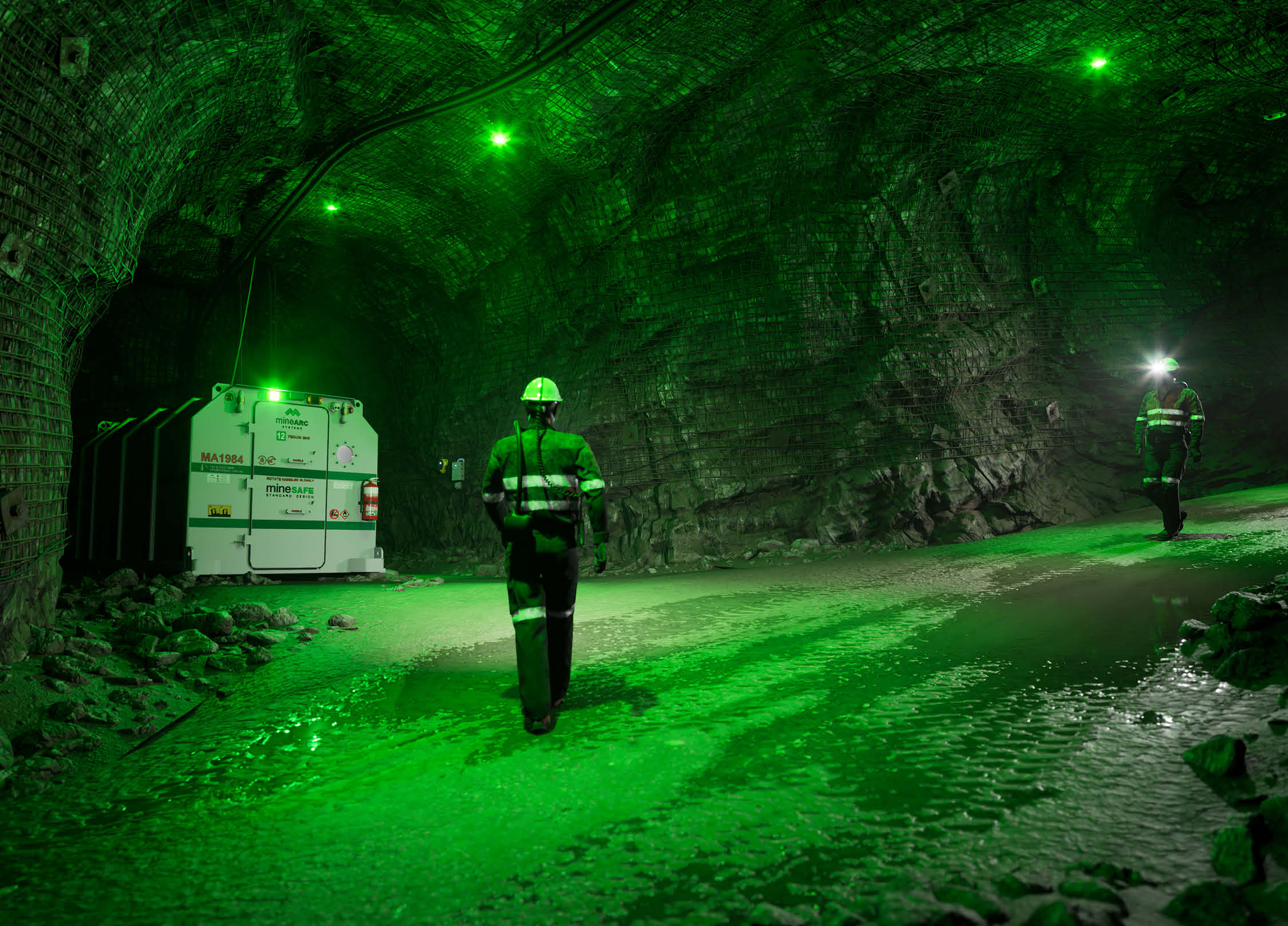Carbon monoxide (CO) is one of the most commonly know dangerous gases. Often a by-product of chemical reactions, it also naturally occurs when you exhale.
Within a sealed structure, such as a refuge chamber, safe haven or controlled environment, it can easily build up and cause significant damage to your health. Knowing the health and safety hazards of CO is necessary when dealing with refuge bay safety protocols.
What is Carbon Monoxide?
CAS Number: 630-08-0
Chemical Compound: CO
Other names: carbon monoxide, Carbonic oxide, carbon(II) oxide, exhaust gas, flue gas
Chemical Properties
Molecular weight: 28.01 g/mol
Boiling point: -191.5°C
Melting point: -205.02°C
Vapour pressure: >35 atm
Relative gas density: 0.97
Carbon monoxide (CO) is a colourless, odourless, and tasteless gas that is slightly less dense than air. It is highly toxic to haemoglobin animals (including humans) when encountered in concentrations above 35ppm.
In the atmosphere, CO is produced from incomplete combustion and is present in exhaust gasses of vehicles and other engines, and from the burning of most fuels. It is also produced in low quantities in normal animal / human metabolic processes and human blood at levels of between 0 and 3% for healthy adults. This level is higher in heavy smokers.
How Carbon Monoxide is Used
Carbon monoxide is a commonly used industrial chemical. When formed as a producer or water gas, applications of its use range from fuel in industrial operations to a reducing agent.
Safety Hazards of Carbon Monoxide
Carbon monoxide is extremely dangerous to humans and other biological life forms. Due to its nature, even low concentration can have a severe impact.
CO poisoning is the most common type of fatal air poisoning, often referred to as the ‘Silent Killer’. Once inhaled, CO combines with haemoglobin to produce carboxyhaemoglobin, which becomes ineffective at delivering oxygen around the body. Oxygen levels are displaced in the blood, causing vital organs to starve, therefore, causing people to suffocate and lose consciousness.
CO molecules will not detach from haemoglobin, leaving them bound to the protein for long periods, often making CO poisoning irreversible. Concentrations as low as 667ppm (0.667%) may cause up to 50% of the body’s haemoglobin to convert to carboxyhaemoglobin. A level of 50% carboxyhaemoglobin may result in seizure, coma, and even fatality.
The most common CO poisoning symptoms may resemble other types of poisonings and infections, including headaches, nausea, vomiting, dizziness, fatigue, and a feeling of weakness. Neurological signs include confusion, disorientation, visual disturbance, syncope (fainting), and seizures. Occupational exposure levels are limited to 50ppm of CO over the long term. Compounded effects of CO occur in an enclosed environment such as a refuge chamber and must be removed.
Exposure Standard Details
| Standard Name | Carbon Monoxide |
| Cas Number | 630-08-0 |
| Time Weighted Average (parts per million) | 30 |
| Time Weighted Average (mg/m3) | 34 |
| Short Term Exposure Limit (parts per million) | 50 |
Carbon Monoxide Acute Exposure Guideline Levels
Acute Exposure Guideline Levels (AEGLs) demonstrate the general population’s potential health experiences for the airborne concentration of a substance. They apply to emergency exposure periods ranging from 10 minutes (min) to 8 hours (h).
CO Results – AEGL Program
| 10 min | 30 min | 60 min | 4 hr | 8 hr | |
| AEGL 1 | NR | NR | NR | NR | NR |
| AEGL 2 | 420 ppm | 150 ppm | 83 ppm | 33 ppm | 27 ppm |
| AEGL 3 | 1,700 ppm | 600 ppm | 330 ppm | 150 ppm | 130 ppm |
NR = Not recommended due to insufficient data
Source: Environment Protection Agency
Carbon monoxide is extremely flammable. The vapour can readily form an explosive mixture with air at room temperature.
The minimum and maximum levels of carbon monoxide necessary to support its combustion in the air are listed below, with the concentrations in per cent by volume;
- 12.5 Lower Explosive Limit (LEL)
- 74.0 Upper Explosive Limit (UEL)
CO vs. CO2
Carbon Monoxide and Carbon Dioxide are often mistaken for one another. Often, both gases are odourless, colourless, target the cardiovascular system, and enter the body through inhalation, skin, or eyes. They also possess similar symptoms if affected, such as headaches, dizziness, seizures, and hallucination.
However, the two gases have very different properties and safety protocols. Below is a summary list of the differences between the two gases.
| Carbon Monoxide | Carbon Dioxide |
| Doesn’t occur naturally in the atmosphere | Occurs in the natural atmosphere |
| Result of oxygen-starved combustion in improperly ventilated fuel-burned equipment | A natural by-product of human and animal respiration, fermentation, chemical reactions, and combustion fossil fuels/woods |
| Generated by any gasoline engine WITHOUT a catalytic converter | Generated by any gasoline engine WITH a catalytic converter |
| A common type of fatal poisoning | Poisoning is rare |
| Flammable gas | Non-flammable gas |
| Symptoms: confusion, nausea, lassitude, syncope, cyanosis, chest pain, abdominal pain | Symptoms: dyspnoea, sweating, increased heart rate, frostbite, convulsion, panic, memory problems |
| Target organ: lungs, blood, central nervous system | Target organ: respiratory system |
| Based on the Occupational Safety & Health Administration (OSHA) standards, the permissible exposure limit (PEL) is 50 parts per million (ppm) | Based on the OSHA standards, the PEL is 5,000 ppm |
| Based on the National Institute for Occupational Safety and Health (NIOSH) standards, the recommended exposure limit (REL) is 35 ppm | Based on the NIOSH standards, the REL is 5,000 ppm |
How to Monitor Carbon Monoxide Levels
Carbon Monoxide is detected using an electrochemical gas sensor that measures CO concentration by oxidising it at an electrode and then measuring the resulting current. To reduce cross-sensitivity to other combustible gases, it has chemical filters for H2S, N02, NO and SO2.
Measuring CO levels aids in the detection of fires and heating underground. Sensors will detect a steady increase in concentrations of CO without reduction. Although shot firing fumes and diesel exhaust can trigger carbon monoxide alarms, rapid increase and decrease patterns are known.
Removing Carbon Monoxide in a Refuge Chamber
As the name suggests, chemical scrubbers remove ‘scrub’ the air using a chemical to remove harmful gases. Refuge chambers use dry chemical scrubbers to remove CO and CO2 from the internal environment, especially if compressed air fails or becomes compromised.
Providing breathable air within a refuge chamber is a challenge, along with disposing of the carbon dioxide and carbon monoxide we breathe. As occupants within the sealed environments breathe, CO2 and CO will build up. If these gases are not removed from the internal atmosphere, they can build to toxic levels and poison the chambers inhabitants.
Numerous gases associated with mining, tunnelling and underground construction are generalised into combustible, toxic and asphyxiate types. Because of the hazardous nature of these gases and the unique and restrictive structure of underground environments, these gases must be continuously monitored to mitigate risk.






